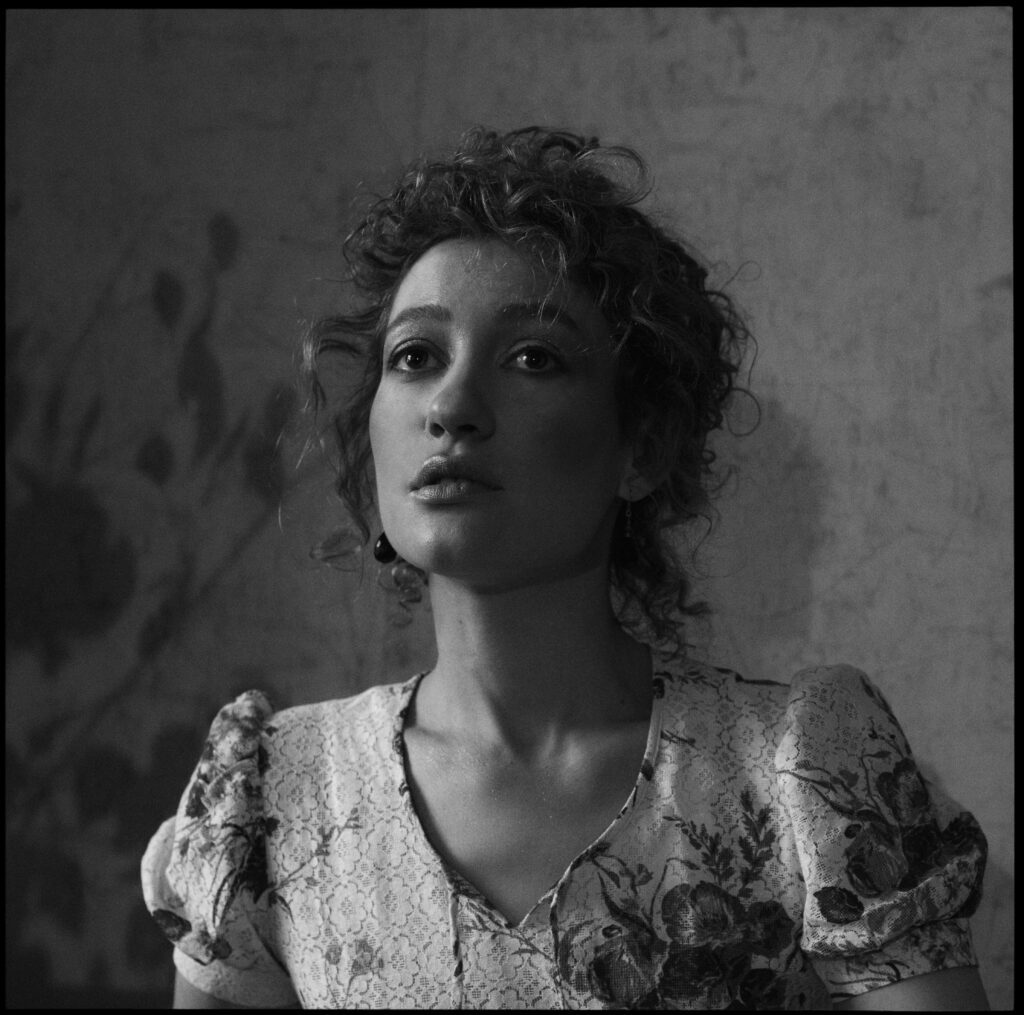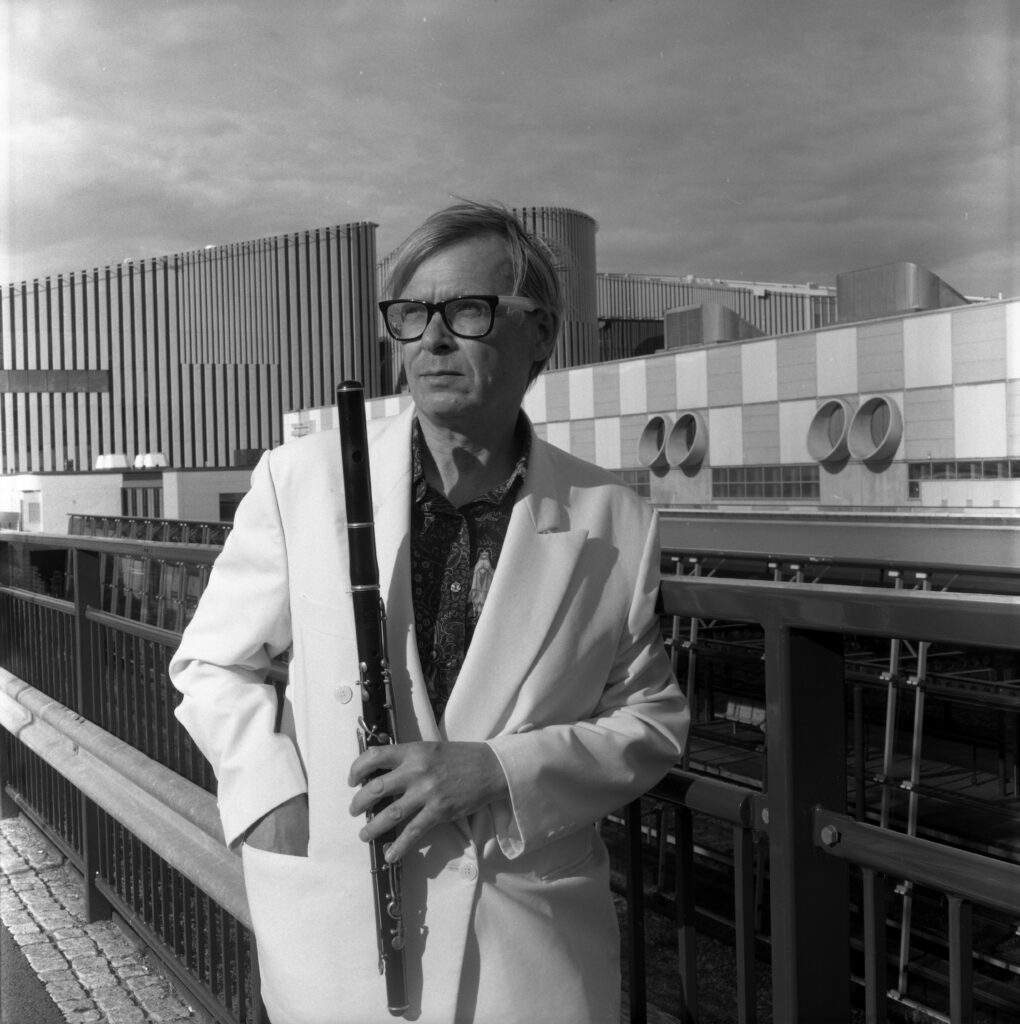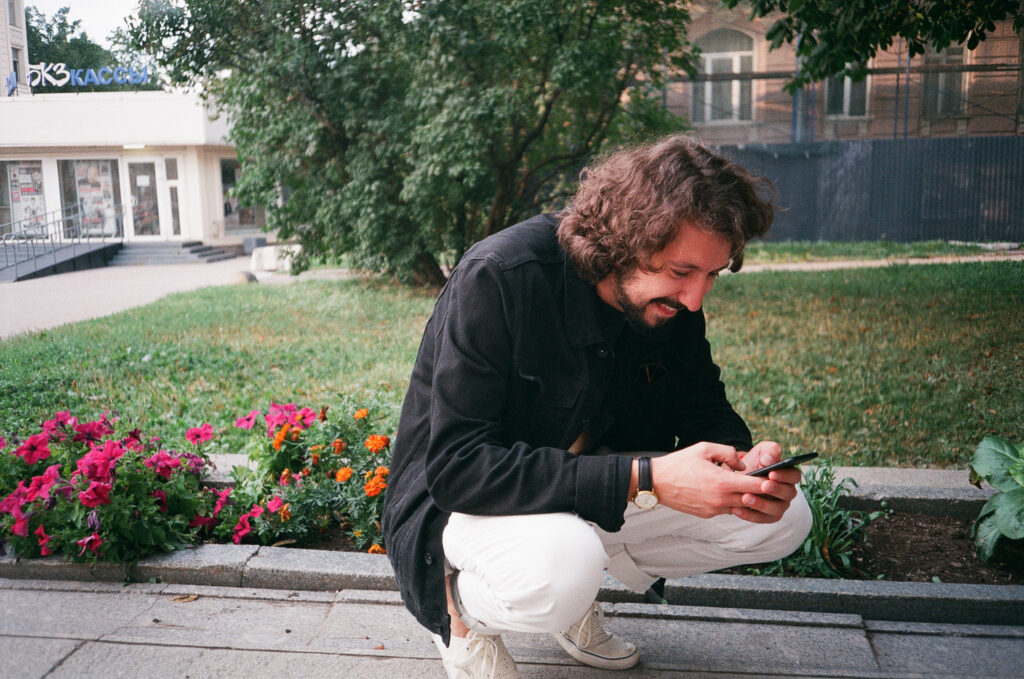Kito Jempere jokingly refers to himself as the “King of Collaborations.” Although it is a remark made in jest, the number of artists featured on Yet Another Kito Jempere Album—another indicator of the artist’s sense of humor—could lead one to believe that the Saint Petersburg DJ, musician, and producer is a serious contender for the title.
Among the artists featured on the album is Russian vocalist Miriam Sekhon, a true artistic polymath. As a member of Race to Space, she creates deep and melodic electronica. As part of Via Tatiana, she crafts historically informed jazz. Other projects include her involvement in Green Point Orchestra and Four of a Kind—leaving aside her acting for both cinema and stage.
In addition to performing alongside Sekhon in various bands, Jempere has also remixed Race to Space. It is clear that the two have a mutual penchant for diverse musical collaborations. On Yet Another Kito Jempere Album, Sekhon is featured on “Et Que Je Dorme”.
Kito Jempere Miriam, you’ve been involved in so many different acts over the years as both a live performer and recording artist. What kind of things are you thinking about when you’re in the studio as opposed to being on stage? Are there different considerations?
Miriam Sekhon Of course, many. I love being in the studio. It’s my comfort zone, where I feel safe to improvise and try out new things. I don’t worry about anyone being judgmental, especially myself. On the other hand, I’m a perfectionist and can spend hours recording one phrase just to make it sound right. But often it’s the first take that works best. In the case of “Et Que Je Dorme” it was me singing voice memos on my iPhone!
KJ Some of the groups you’re involved in are grounded in historical performance and others feel very contemporary. Are they completely separate in your head or do you think they influence each other?
MS I have quite a few bands and side-projects. They’re all very different. I sing Soviet retro songs and jazz standards, but that’s more about acting and performing, capturing the style of the music and époque. In other bands, I write the lyrics and co-write the music. Sharing my own stuff on stage is a completely different story. It means getting closer to the inner me, trying to disarm myself, to be who I am in the moment. I juggle these different moods, textures, sounds, and ways of singing, and try not to mix them up. Even if they do influence each other in some way, it doesn’t affect how I perform them.
KJ The lyrics in “Et Que Je Dorme” are from a Paul Verlaine poem. In some ways, it feels like this is a collaboration not only between musicians, but a meeting of past and present. What do you think of this?
MS I love poetry and read it quite a lot. But not all poetry is flexible enough to become lyrics, just as not all lyrics work as poetry. I found this poem and was dying to use it somewhere, to give it a “second life,” so that people would remember Verlaine. I think young people today might find classical poetry boring and old fashioned, but mixing different vibes and traditions can provide interesting results, a chance to look at things from a new angle. I think the song helps to bridge the gap between centuries and it feels like a fresh, sensual, and up to date poem—not like something written over 150 years ago.
KJ How do you balance inspiration from the past with the desire to stay original?
MS I think that being original has nothing to do with where you get your inspiration from. Inspiration is an impulse that gets you going. How you work with it, and expand it, is up to you. Anything that can give me a push, an idea to start from, is valuable. It doesn’t mean the result will be connected to the source of inspiration. I don’t think about whether I’m original or not. Hopefully sometimes I am. I want to make music that I will enjoy listening to myself, just as any other music that I listen to. Sometimes that takes a while.
KJ Are there any dream collaborators out there that you’d love to work with?
MS Yes, I’d love to work with Apparat, though they already have a fantastic singer. Matthew Herbert, Massive Attack, Brian Eno, Jon Hopkins, oh, it’s a long list! In reality, I like collaborations with anyone who believes in me, likes what I do, and whose music interests and inspires me. If there is trust, mutual understanding, respect, and admiration towards one another, wonderful and even surprising things can happen. Surprising yourself is always great fun. I think it’s important to be artistically thrilled by the talent of the people you work with. That gives the right energy and desire to create art together.
Finish artist Jimi Tenor is featured twice on Yet Another Kito Jempere Album, on “思考気雲” and on “A Mirage Seen At Buffalo”. Although by his own admission, he has been a jazz musician for many years, his music has evaded easy categorisation: flirting with various electronic means and confusing employees tasked with stocking record store shelves. As a flautist, saxophonist, and producer, Tenor has worked with a wide range of artists—a particularly notable co-conspirator being the late Tony Allen. That collaboration came about through Strut Records’ Quinton Scott, who introduced the Afrobeat pioneer to Tenor’s music while the drummer was visiting Finland for a festival.
Similarly, Jimi Tenor first encountered Kito Jempere’s music in a festival context, overhearing the Kito Jempere Band while preparing to perform at a festival in Helsinki. Meeting backstage, Tenor remarked that he had enjoyed their set—a humbling moment for Jempere who’d been a fan since the late nineties, inspired by Tenor’s albums like Intervision on Warp Records. When Jempere was looking to expand the band’s lineup for a particular event, he reached out to the musician. Their collaborative relationship has only grown from there and Tenor also remixed a track from Sea Monster, Kito’s last full length.
KJ “A Mirage Seen At Buffalo” was started around 2012, long before you received the version that would make it onto the new album. What type of things are you thinking about when you receive demo tracks for collaboration?
Jimi Tenor Quite often when I’m given tracks to work with, I try to come up with melodies or some catchy horn or flute line. I’m hoping to give the tracks a creative edge that would help the music to elevate to another level.
KJ Improvisation is an important part of jazz practice. With a pre-recorded demo track, is much of your approach improvisational still?
JT I normally try to reduce the existing elements of the original track. I prefer demos that are in a fixed bpm because then I can easily make totally new segments for the music and still be totally in the same timing. With live recordings without click, it’s a more difficult game. I’m only talking about demos here. Working with final master recordings, I tend to be a bit more conservative.
KJ On Yet Another Kito Jempere Album, I wanted to keep the musician’s contributions as intact as possible. As an instrumentalist, have you worked with producers who treat live playing more like source material for sampling?
JT Oh yeah, a lot of people just sample little things. I have learned a bit, like I always mix my vocals at my own studio these days and send the mixed version. Same with horns. It’s difficult to balance vocals and horns and if I’m the one who did them, I prefer to mix the balance myself. I have learned that the hard way.
KJ How has your own experience as a producer influenced the way that you approach working with other producers and artists when you’re playing flute or saxophone?
JT I guess I know to give only the essential recordings to other producers. Nothing extra. In the digital world, it’s an important skill to know when to stop recording and also what to throw away.
KJ Another exciting project you’ve been involved with is creating your own instruments. Are there any other interesting collaborations in the future you can tell us about?
JT Sure. I’m making a big band album with the UMO Jazz Orchestra in Finland. Also, I’m writing music for a synthesizer orchestra called Synthestra. It’s an orchestra that has 20 monophonic-synthesizer players. In its complexity, it could be compared to symphony orchestra. In a way, it’s an acoustic orchestra. All the players have their own individual amplifier. We don’t use a PA system. The orchestra mixes itself like a symphony orchestra. We also have a conductor for the same reasons a regular orchestra would.
—
Yet Another Kito Jempere Album is out now via Emotional Response and Kito Jempere Recordings.
Special thanks to Lisa Blanning.


